This approach recognizes that in today's rapidly changing business environment, workforce capability “is” business capability.
This concept is particularly powerful because it speaks in language of business leaders while maintaining the human-centered benefits that make workforce development meaningful.
Workforce development is most effective when guided by key questions that help organizations identify skill gaps, anticipate future needs, and align training initiatives with both employee aspirations and business goals. Let's explore each one in depth. Workforce development refers to the coordinated policies, systems, and investments aimed at:
Equipping individuals with the skills, knowledge, and competencies needed for employment
Helping organizations build and sustain a qualified workforce
Aligning labor supply with market demand
Supporting economic growth through human capital development
At its core, workforce development is about creating clear and accessible pathways that connect people to meaningful employment while ensuring employers have access to the talent they need. It’s a holistic approach that integrates education, training, career services, and ongoing professional development throughout an individual’s career journey.
Why is Workforce Development Important for Future Success?
Workforce development is critical for multiple stakeholders. It creates economic mobility and career advancement opportunities for individuals, improves job security by developing relevant and in-demand skills, and increases earning potential and financial stability. At the same time, it enhances adaptability within a constantly evolving labor market.
For Organizations
Addresses critical talent shortages and hiring challenges
Improves productivity, innovation, and competitive advantage
Reduces turnover and recruitment costs
Supports business growth and operational expansion
For Communities and Economies
Strengthens economic resilience and reduces unemployment
Attracts business investment through available skilled talent
Reduces dependency on social services
Creates more equitable access to opportunity
In today’s rapidly evolving economy, workforce development is more critical than ever, as technological advancements, globalization, and demographic shifts continue to reshape how and where work takes place.
What are the Skills Gap and Future Workforce Challenges?
The skills gap refers to the mismatch between the skills employers need and the skills available in the labor market. Key workforce challenges often include deficits in soft skills, digital literacy, and technological proficiency. These challenges also extend to areas such as critical thinking, problem-solving, adaptability, a commitment to continuous learning, and specialized technical skills—particularly in high-growth sectors.
Future Workforce Challenges:
Accelerating technological disruption (AI, automation, robotics)
Demographic shifts (aging workforce, changing population distribution)
Evolving work arrangements (remote/hybrid models, gig economy)
Climate transition and green economy skill requirements
Growing need for reskilling and upskilling at scale
Educational systems struggling to keep pace with industry needs
Equity and inclusion gaps in access to skill development
These challenges require innovative approaches to workforce development that are agile, responsive to market signals and focused on building both technical capabilities and foundational human skills that remain valuable as technology evolves. We want to help leaders develop a future-ready, resilient, company that depends on investing in workforce development to close skill gaps, support growth, and expand access to economic opportunity.
Future-Ready Workforce Development
A future-ready, resilient organization relies on strategic investment in workforce development to close skill gaps, drive sustainable growth, and expand access to economic opportunity. Resilience comes from building a workforce that can adapt to evolving market conditions and technological disruption. This includes:
Closing critical skill gaps through targeted development programs that address both immediate needs and long-term capabilities
Supporting business growth by aligning talent readiness with strategic objectives
Creating economic opportunity for individuals and the organization through clearly defined career pathways and advancement
Gaining competitive advantage by cultivating capabilities that are difficult for competitors to replicate
Workforce development is often relegated to an HR “nice-to-have” and becomes one of the first areas cut during budget constraints—largely because it’s viewed as a cost rather than a strategic investment with measurable returns. Reframing workforce development as a core business strategy positions it as essential to gaining competitive advantage, improving operational efficiency, and driving bottom-line results. Workforce gaps directly limit an organization’s capacity for growth and its ability to seize market opportunities.
Organizations with strong workforce development practices consistently outperform competitors in agility and innovation. Talent readiness enables faster responses to market changes and supports business scaling. Moreover, investing in internal skill development is more cost-effective and fosters greater employee loyalty compared to relying solely on external recruitment. Your consulting and training programs can demonstrate how proactive workforce development shifts from being viewed as a cost center to a strategic investment—one that delivers measurable returns in productivity, innovation, and organizational agility.
The DaMar Solutions Consulting Group is dedicated to unlocking organizational excellence by helping you optimize your human resources, empower your workforce for sustainable peak performance, and support an effective talent acquisition strategy to remain competitive well into the future.

